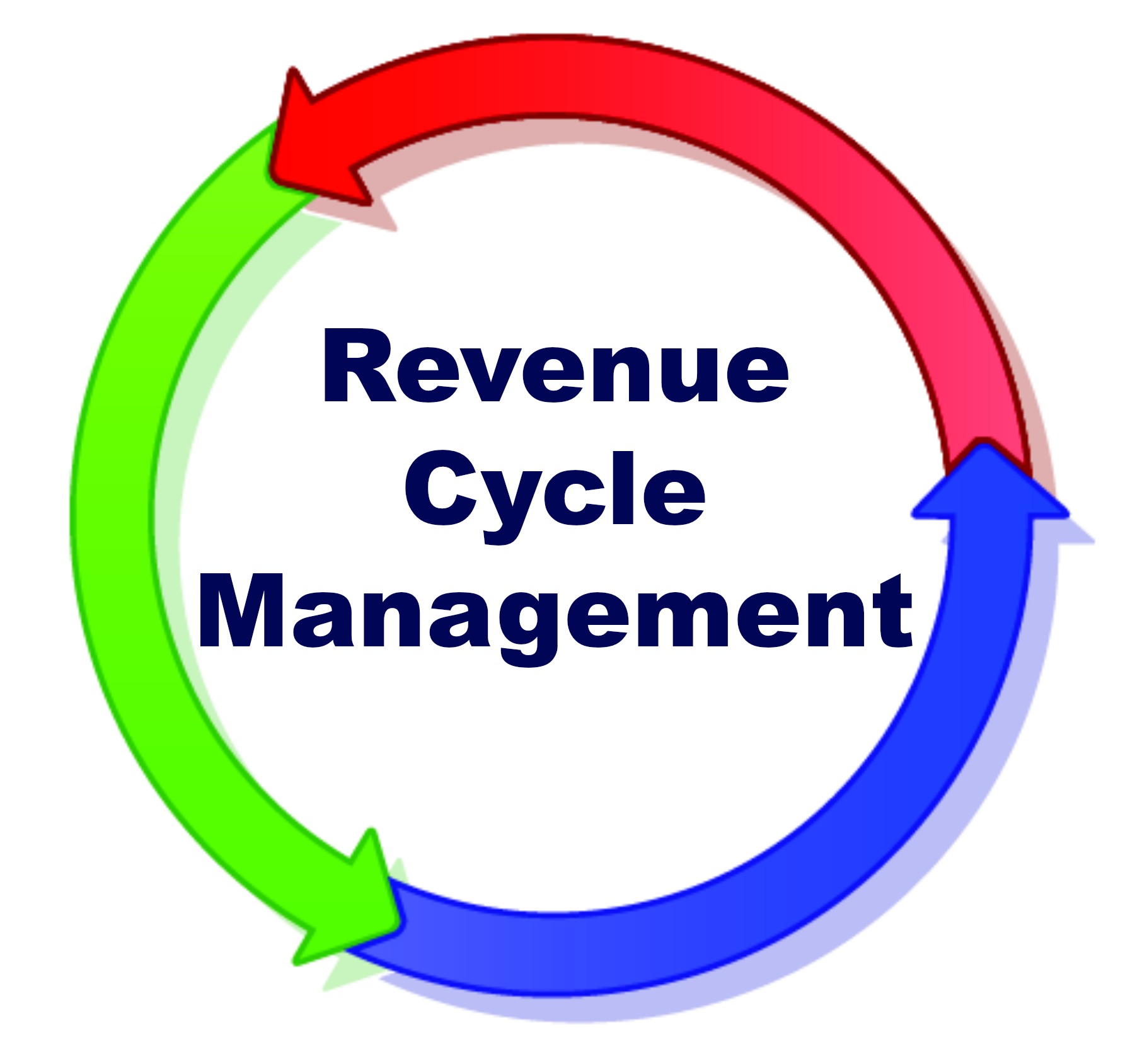Forex trading, short for foreign exchange trading, encompasses the buying and selling of currencies on the foreign exchange market. It’s a decentralized global marketplace where currencies are traded. Understanding the basics of forex trading is crucial for anyone looking to venture into this dynamic and lucrative field.
What is Forex Trading?
Forex trading involves the exchange of one currency for another, aiming to profit from fluctuations in exchange rates. It operates 24 hours a day, five days a week, making it one of the most accessible markets for traders worldwide. At its core, forex trading facilitates international trade and investment by enabling currency conversion.
Definition and Basics
At its essence, forex trading is about speculating on the price movements of currency pairs. Traders buy one currency (whose can be automated with forex robot) while simultaneously selling another, with the goal of profiting from the changes in exchange rates. This process involves analyzing various factors, including economic indicators, geopolitical events, and market sentiment, to anticipate currency movements accurately.
Importance in Global Finance
The forex market is the largest financial market globally, with a daily trading volume exceeding $6 trillion. It plays a pivotal role in facilitating international trade and investment by providing a mechanism for exchanging currencies. Additionally, central banks, multinational corporations, hedge funds, and individual traders participate in the forex market to manage risk and generate profits.
Why Trade Forex?
Forex trading offers numerous advantages over other financial markets, making it an attractive option for traders of all levels.
Advantages Over Other Markets
Unlike stock markets, which have limited trading hours, the forex market operates 24/5, allowing traders to capitalize on global economic events and news round the clock. Additionally, the forex market boasts high liquidity, meaning traders can enter and exit positions with ease, often at competitive prices. Moreover, the absence of a centralized exchange ensures a level playing field for all participants, with no single entity controlling market prices.
Profit Potential and Liquidity
One of the primary attractions of forex trading is its potential for substantial profits. The forex market’s size and liquidity enable traders to execute large transactions without significantly impacting exchange rates. This liquidity also translates to tight spreads, reducing trading costs and maximizing profit potential. Furthermore, the availability of leverage allows traders to amplify their gains (and losses), making forex trading a high-risk, high-reward endeavor.
Essential Tools for Successful Forex Trading
To navigate the complexities of the forex market successfully, traders rely on a variety of tools and strategies to inform their decisions.
Fundamental Analysis Tools
Fundamental analysis involves assessing the intrinsic value of currencies based on economic, political, and social factors.
Economic Calendar
An economic calendar is a vital tool for forex traders, providing real-time updates on key economic indicators such as GDP growth, inflation rates, and employment figures. Understanding these indicators and their impact on currency prices is essential for making informed trading decisions.
Understanding Economic Indicators
Economic indicators offer insights into the health and…
Impact on Currency Prices
Economic indicators can significantly influence currency prices, as they reflect the overall economic health and outlook of a country. Positive economic data…
News Feeds and Analysis
In addition to economic indicators, forex traders rely on news feeds and analysis to stay informed about geopolitical events, central bank announcements, and market sentiment.
Importance of Real-Time Information
Real-time information is crucial in the fast-paced world of forex trading, where market conditions can change rapidly. Traders need access to timely news…
Sources and Reliability
When sourcing news and analysis, traders should prioritize reputable sources known for their accuracy and reliability. Trusted financial news outlets, economic research firms…
Technical Analysis Tools
Technical analysis involves analyzing past price movements and patterns to forecast future price movements.
Candlestick Charts
Candlestick charts are a popular technical analysis tool that displays price movements over a specified period. Each candlestick represents…
Reading Candlestick Patterns
Candlestick patterns convey valuable information about market sentiment and potential price reversals. Common patterns include…
Identifying Trends and Reversals
By identifying trends and potential reversals, traders can anticipate future price movements and adjust their trading strategies accordingly. Trend-following indicators…
Indicators and Oscillators
Indicators and oscillators are mathematical calculations applied to price and volume data to help traders identify trends and momentum.
Moving Averages
Moving averages smooth out price data to create a single trend-following line. They are useful for identifying the direction and strength of a trend…
Relative Strength Index (RSI) and Stochastic Oscillator
The RSI and Stochastic Oscillator are momentum oscillators that measure the speed and change of price movements. These indicators…
Risk Management Tools
Risk management is a critical aspect of forex trading, helping traders protect their capital and minimize losses.
Stop Loss Orders
A stop loss order is a risk management tool that automatically closes a position at a predetermined price level, limiting potential losses…
Setting Effective Stop Loss Levels
When setting stop loss levels, traders should consider factors such as market volatility, support and resistance levels, and their risk tolerance. Placing…
Importance of Risk Control
Effective risk control is essential for long-term success in forex trading. By limiting the size of their losses, traders can preserve their capital and remain…
Position Sizing Strategies
Position sizing refers to determining the amount of capital to risk on each trade based on factors such as account size, risk tolerance, and the probability of success.
Fixed Lot Size vs. Percentage Risk
Traders can employ different position sizing strategies, such as fixed lot size or percentage risk per trade. Fixed lot size involves trading a predetermined…
Calculating Proper Position Size Based on Risk-Reward Ratio
Calculating the proper position size based on the risk-reward ratio ensures that potential profits outweigh potential losses. By maintaining a positive…
Trading Psychology and Discipline
Successful forex trading requires not only technical skills but also psychological discipline and emotional resilience.
Emotion Management
Emotions such as fear and greed can cloud judgment and lead to irrational decision-making. Managing these emotions is crucial for maintaining a clear…
Overcoming Fear and Greed
Fear and greed are two primary emotions that can influence traders’ decisions and lead to impulsive actions. Fear of missing out (FOMO)…
Impact on Decision Making
Emotional biases can distort traders’ perceptions of risk and reward, causing them to deviate from their trading plans and make irrational decisions…
Strategies to Stay Calm Under Pressure
To mitigate the impact of emotions on trading, traders can employ various strategies such as meditation, deep breathing exercises, and maintaining a…
Patience and Discipline
Patience and discipline are essential virtues for successful forex trading. Impulsive actions and emotional reactions can undermine a trader’s long-term…
Importance of Sticking to Trading Plan
A trading plan serves as a roadmap for navigating the forex market, outlining entry and exit criteria, risk management rules, and…
Avoiding Impulsive Actions
Impulsive actions, such as entering trades based on emotions or deviating from the trading plan, can lead to costly mistakes and…
Continuous Learning and Improvement
The forex market is dynamic and constantly evolving, requiring traders to stay informed and adapt to changing market conditions.
Reviewing Trades and Performance
Regularly reviewing past trades and performance is essential for identifying strengths and weaknesses in a trading strategy. Traders can analyze…
Analyzing Wins and Losses
By analyzing both winning and losing trades, traders can gain valuable insights into their trading performance. They






